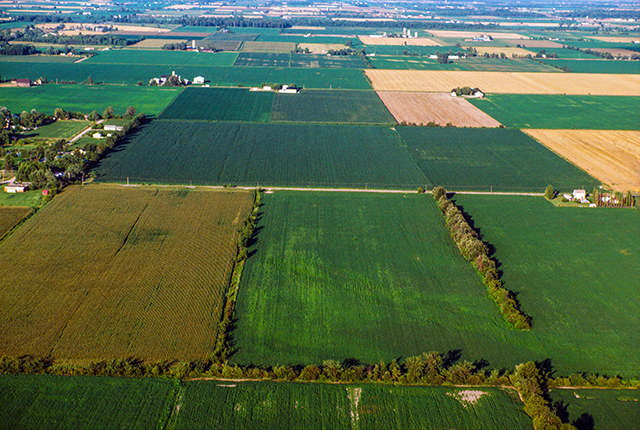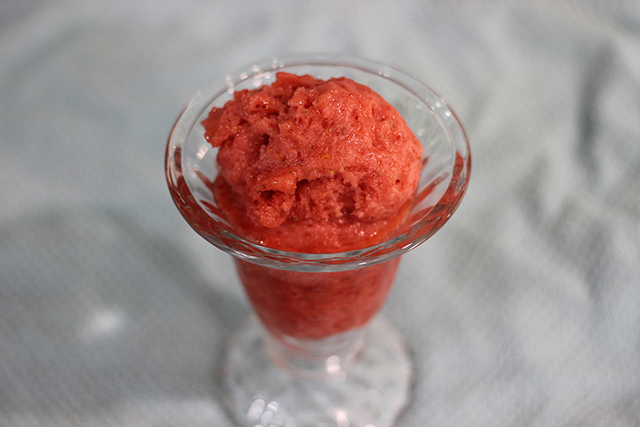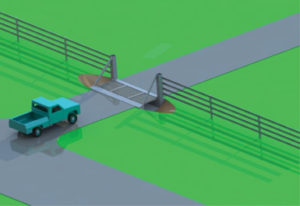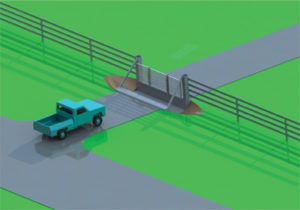Country Lifestyles
The Story of a Gate

By Judy Wade | As told by Robert Anderson
The best of things, like a good story, seem to always start out with a horse. Chief had been a working cow horse. Besides being big, handsome, and rocket fast, Chief had attitude. He would give even cooperative cows an extra bite on the rump during his work sorting cattle at the auction barn. Retired and out to pasture at the Anderson’s 100 year old farmstead in north Wichita County, Chief had the innate cowpony skill of spotting any open gate within a mile radius. After several gravel road chase-down episodes, the Andersons knew they needed to invest in a cattle guard for their front gate. Watching Chief’s prancing rump just beyond their hood ornament as they slowly followed him down the road, back to his home pasture and back through their sad gate, they knew this horse would be a challenge.
Smash and Grab
Then another event changed their cattle guard plans; some thieves smashed a truck through their front gate, shattering the pad lock, loaded up the Anderson’s riding lawn mower and took-off with it. The Andersons now felt not only the necessity of a cattle guard, they also needed a security gate.
To install a nice cattle guard/gate combo like their neighbors, they would have to call in a concrete contractor to excavate, form and pour concrete, which would entail being without their front entry for the two-week project.
Next they would have a second party fabricator weld them up a cattle guard and gate, drop it in place, and then a third contractor would have to install the gate operator and trench up their pasture to get power to the gate. This was getting unaffordable, complicated and inconvenient.
Necessity mothers all inventions and especially this one. Invention starts with a question: Why is there not a gate that would be crash proof, that is, if some thief was stupid enough to try crashing through the gate, not only would the gate be strong enough to stop a vehicle, it would capture and hold the offending vehicle? Why not a gate that would protect livestock with a cattle guard, install in one day, be completely solar powered (no wiring), and while we are at it, make it cost 40 percent less than a conventional site-built cattle guard gate?
To read more pick up a copy of the September 2017 NTFR issue. To subscribe call 940-872-5922.
Country Lifestyles
While We Were Sleeping

By Martha Crump
That old adage, “What you don’t know won’t hurt you.,” may have some basis in truth when applied to minor situations. However, when what you don’t know is presented in the form of a “Trojan Horse” and is what amounts to an incredible attempt to fleece American property rights, it becomes a different story altogether.
To put this unbelievable tale together, we need to step back to Joe Biden’s 2021 Executive Order which pledged commitment to help restore balance on public lands and waters, to create jobs, and to provide a path to align the management of America’s public lands and waters with our nation’s climate, conservation, and clean energy goals.
To read more, pick up a copy of the April issue of NTFR magazine. To subscribe by mail, call 940-872-5922.
Country Lifestyles
Lacey’s Pantry: Strawberry Sorbet

By Lacey Vilhauer
Ingredients:
1 whole lemon, seeded and roughly chopped
2 cups sugar
2 pounds strawberries, hulled
Juice of 1 to 2 lemons
¼ cup water
Directions:
Place the chopped lemon and sugar in a food processor and pulse until combined. Transfer to a large bowl. Puree the strawberries in a food processor and add to the lemon mixture along with juice of one lemon and water. Taste and add more juice as desired.
To read more, pick up a copy of the April issue of NTFR magazine. To subscribe by mail, call 940-872-5922.
Country Lifestyles
A Mountain Out of a Molehill

By Nicholas Waters
As winter plods along – come Spring and gopher mounds – homeowners and farmers find themselves playing a familiar song – fiddling while Rome is burning.
Let’s make a mountain out of a molehill. Those mounds on your lawn and pasture could be moles, but they’re more than likely gophers; Plains Pocket Gophers to be pragmatic – Geomys bursarius to be scientific.
These rodents dig and chew, and the damage they can do goes beyond the mounds we mow over. Iowa State University cited a study in Nebraska showing a 35 percent loss in irrigated alfalfa fields due to the presence of pocket gophers; the number jumped to 46 percent in decreased production of non-irrigated alfalfa fields.
The internet is replete with academic research from coast-to-coast on how to curtail gopher populations, or at least control them. Kansas State University – then called Kansas State Agricultural College – also published a book [Bulletin 152] in February 1908 focused exclusively on the pocket gopher.
To read more, pick up a copy of the April issue of NTFR magazine. To subscribe by mail, call 940-872-5922.
-

 Country Lifestyles1 year ago
Country Lifestyles1 year agoScott & Stacey Schumacher: A Growth Mindset
-

 Equine7 months ago
Equine7 months agoThe Will to Win
-

 Country Lifestyles7 years ago
Country Lifestyles7 years agoStyle Your Profile – What your style cowboy hat says about you and new trends in 2017
-

 Country Lifestyles4 years ago
Country Lifestyles4 years agoAmber Crawford, Breakaway Roper
-

 HOME7 years ago
HOME7 years agoGrazing North Texas – Wilman Lovegrass
-

 Country Lifestyles7 years ago
Country Lifestyles7 years agoDecember 2016 Profile, Rusty Riddle – The Riddle Way
-

 Country Lifestyles8 years ago
Country Lifestyles8 years agoJune 2016 Profile – The man behind the mic: Bob Tallman
-

 Outdoor9 years ago
Outdoor9 years agoButtercup or Primrose?








